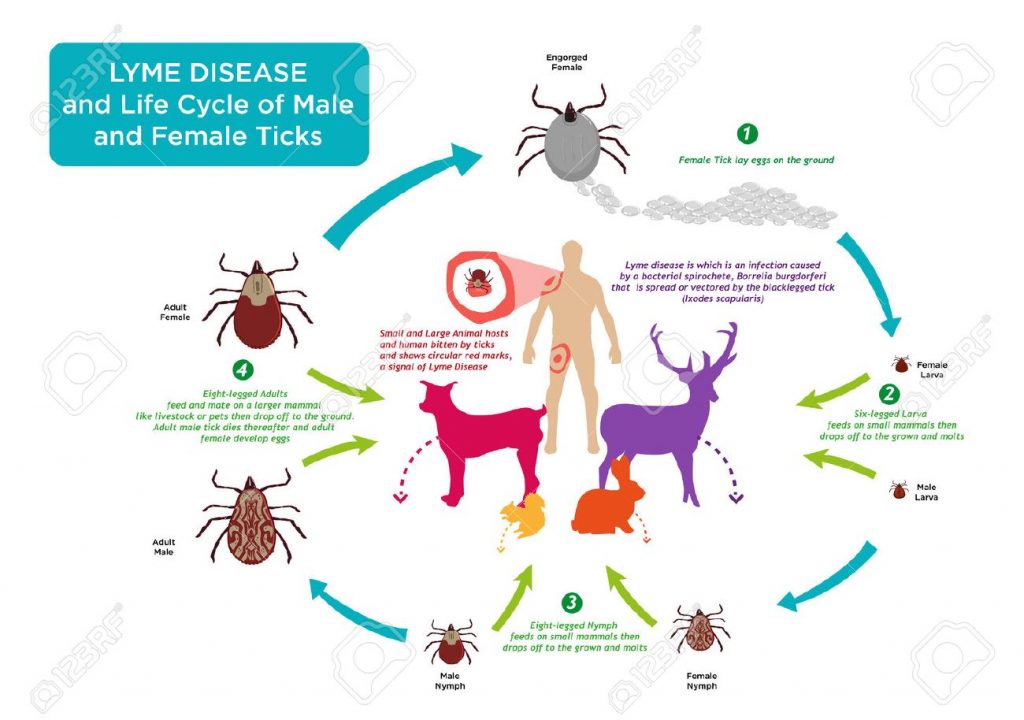Just another Biology Network site
Ecosystem and Human Impacts
Ticks can have both a positive and negative impact on our environment.
The best defense against the spread of Lyme Disease is preserving an area’s rich wildlife. It has been shown that areas with high animal diversity have fewer chances of Lyme Disease spreading to humans. This is because some animals are a better source of Lyme disease than others. Mice are a very common host, which thrive in low biodiversity ecosystems. Scientists use ticks as an indicator species to determine the health and stability of an ecosystem. Also, ticks are a food source for many reptiles, birds, and amphibians. Deer ticks make a great meal for various birds that live on property owned by humans, such as chickens and turkeys. Larger insects like ants and spiders also help consume ticks. An abundance of infected ticks in an area can also help control wild animal populations, including deer and mice populations.
Humans aren’t the only ones that can be negatively affected by a tick! If not treated or prevented, even your pets can become infected by a tick carrying a disease! Dogs, cats, and humans can all become infected with diseases like Lyme Disease, Rocky Mountain Spotted Fever, and Babesiosis (a malaria-like disease) if the infected tick is not discovered or properly removed. Similarly to humans, Lyme disease can cause arthritis and swelling of your dog’s joints, resulting in painful lameness. Rocky Mountain spotted fever can cause fever, lameness, and other symptoms. Common areas where a tick will attach itself onto your pet include the ears, face, base of the tail, and underarms. Look out for places that are red and irritated on your pet, this could be where a tick is attached! Although ticks are more active during the warmer months, cold weather does not guarantee your pet is safe from ticks. They can still be alive and active during the cold winter months. Luckily, a pet owner cannot catch Lyme Disease directly from their pet, but it is a safe practice to check yourself if a tick is found on your pet! Taking the proper precautions when allowing your pet outside in a tick-infested environment is important for both your animal and yourself.

Visit these websites for more information!
Ecosystem Information:
Purpose in the Environment
Ticks on the Food Chain
Biodiversity Impacts
For Your Pets:
Tick Lifecycle on Your Pet
Info and Prevention
Myths
The more you know. Haha